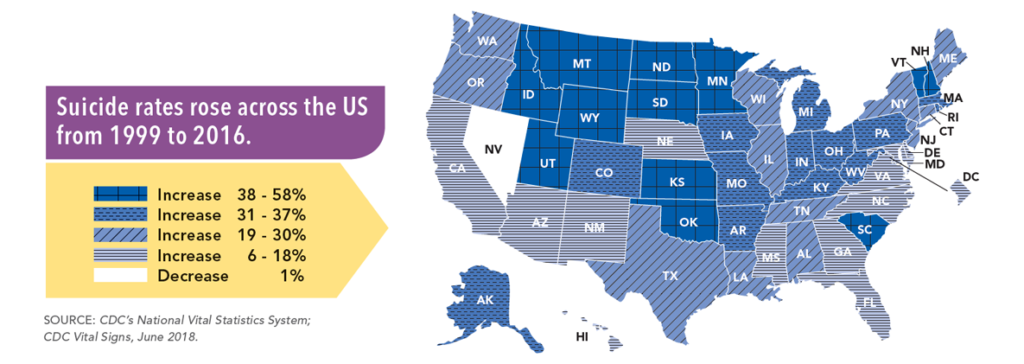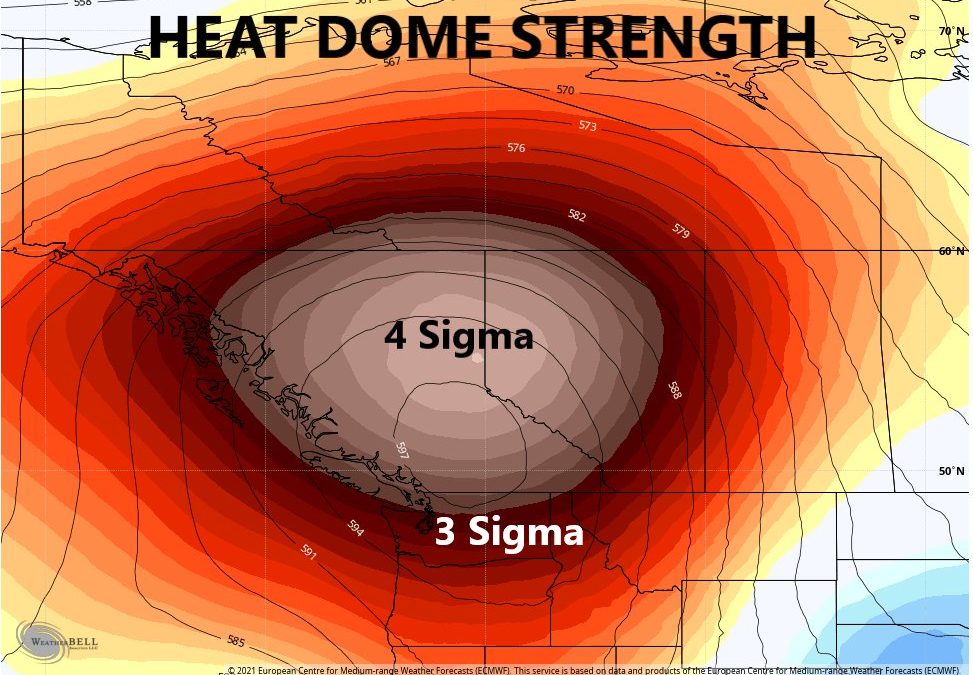All-American Despair: For the past two decades, a suicide epidemic fueled by guns, poverty, and isolation has swept across the U.S. West, with middle-aged men dying in record numbers

By Stephen Rodrick
30 May 2019
(Rolling Stone) – Toby Lingle was cremated in a 49ers cap, a Star Wars T-shirt and sunglasses shortly after his funeral at Highland Park Community Church in Casper, Wyoming. He was 43. The outfit was the daily wear for an aggressively coarse and casual man. Lingle was that guy, the one who told the crude joke to your kids and insisted on swearing in front of the elderly at restaurants. He would simply amp up the blue material and drop some more f-bombs if you called him on it.
His sister, Tawny Perales, showed me a picture of Lingle in his coffin. “He wore the cap all the time because he was losing his hair,” she told me at a Starbucks not far from the church. “People think it’s weird I took the picture, but I don’t care.”
Lingle had a wicked sense of humor, so he would have enjoyed the minor meme he caused last summer. There was a video posted on Reddit called “Sir, you dropped your sandwich,” where an armed SWAT officer is running toward a “shots fired” situation at Lingle’s trailer. The cop drops a sandwich, skitters forward a few steps, before reversing himself as someone says, “He dropped his goddamn sandwich.” You can hear bystanders laughing. Without context, the clip is pretty funny.
“I have no one,” a man told me quietly over coffee. Outside, an unforgiving wind whipped through the tall grass. “The winters here are killing me.”
It is the only thing remotely funny about June 24th, 2018, for Lingle’s family. That was the day Tobias Lingle put his newly acquired Sig P226 Legion to his chin and pulled the trigger inside his trailer in Williston, North Dakota. He had scrawled on the grease board, “I’m sorry, I can’t take the anxiety and depression any more.” He got in a final joke. Next to his goodbye message, Lingle had paper-clipped a pair of lottery tickets. They were not winners. Now all that remains of Lingle is a thumbprint on an amulet his sister wears around her neck.
The Centers for Disease Control recorded 47,173 suicides in 2017, and there were an estimated 1.4 million total attempts. Many of society’s plagues strike heavier at women and minorities, but suicide in America is dominated by white men, who account for 70 percent of all cases. Middle-aged men walk the point. Men in the United States average 22 suicides per 100,000 people, with those ages 45 to 64 representing the fastest-growing group, up from 20.8 per 100,000 in 1999 to 30.1 in 2017. The states with the highest rates are Montana, with 28.9 per 100,000 people; Alaska, at 27 per 100,000; and Wyoming, at 26.9 per 100,000 — all roughly double the national rate. New Mexico, Idaho, and Utah round out the top six states. All but Alaska fall in the Mountain time zone.

Last summer, I began a 2,000-mile drive through the American West, a place of endless mythology and one unalterable fact: The region has become a self-immolation center for middle-aged American men. The image of the Western man and his bootstraps ethos is still there, but the cliché has a dark turn — when they can no longer help themselves, they end themselves. I found men who sought help and were placed on a 72-hour hold in a hospital ward, and say they were sent home at the end of their stay without any help, collapsing back into the fetal position — the only thing accomplished was everyone in the small town now knew they were ill. I found men on both sides of the Trump divide: One whose anger toward his abusive parents was exacerbated by hours in his basement watching Fox News and Trump while drinking vodka; the other was a Buddhist mortician whose cries for help were met by scorn in a cowboy county that went 70 percent for Trump.
“I have no one,” a man told me quietly over coffee. Outside, an unforgiving wind whipped through the tall grass. “The winters here are killing me.”
I found something else: guns, lots of them. Guns that could be procured in an hour. A house where a wife did a gun sweep and found dozens hidden. I found suicidal men who balked at installing gun locks on their pistols because they were afraid of being caught unarmed when mythical marauders invaded their homes. And I found that the men who survived suicide attempts had one thing in common: They didn’t use guns. Pills can be vomited, ropes can break, but bullets rarely miss. [more]


